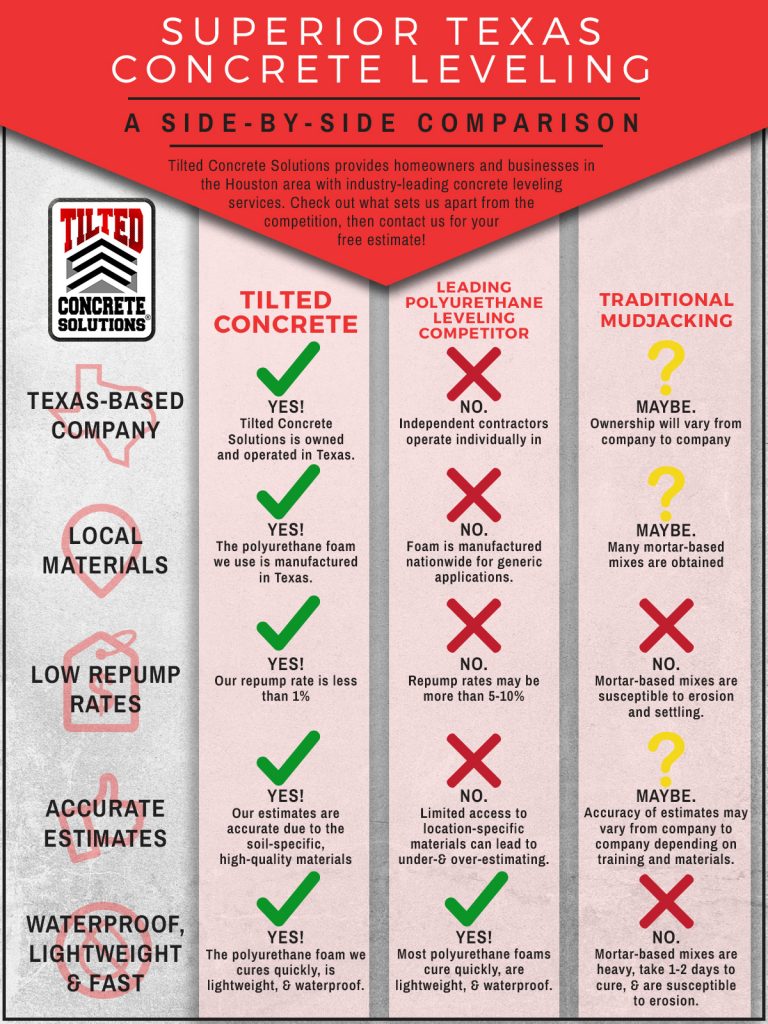Comprehending Seasonal Influences On Commercial Outside Painting: Necessary Knowledge For Success
Comprehending Seasonal Influences On Commercial Outside Painting: Necessary Knowledge For Success
Blog Article
Post Created By-Aguilar Decker
When you're intending an industrial outside paint project, seasonal factors can make or damage your outcomes. You'll want to consider exactly how temperature and moisture impact paint application and drying times. Picking the appropriate period can ensure your paint sticks properly and lasts longer. Yet which periods are absolutely the best for this sort of job? Let's explore straight line painting that can affect your project's success.
The Influence of Temperature Level on Paint Application
When you're planning a business outside painting project, the temperature can substantially affect exactly how well the paint sticks and dries out.
Preferably, you want to paint when temperatures range in between 50 ° F and 85 ° F. If it's too cool, the paint may not heal correctly, resulting in concerns like peeling off or fracturing.
On the other side, if it's also hot, the paint can dry as well quickly, protecting against correct adhesion and leading to an unequal surface.
https://indoorpaintersnearme43208.blogdun.com/35102222/valuable-recommendations-for-effective-collaboration-with-house-painters should also consider the time of day; early morning or late afternoon offers cooler temperature levels, which can be a lot more favorable.
Constantly inspect the maker's referrals for the particular paint you're making use of, as they typically supply assistance on the suitable temperature array for optimal outcomes.
Humidity and Its Impact on Drying Times
Temperature isn't the only ecological aspect that affects your industrial external paint job; humidity plays a substantial role as well. High moisture degrees can reduce drying out times drastically, influencing the overall top quality of your paint task.
When the air is filled with wetness, the paint takes longer to treat, which can result in concerns like bad attachment and a higher danger of mold growth. If you're repainting on an especially moist day, be prepared for extended wait times in between layers.
It's crucial to monitor regional weather conditions and strategy accordingly. Preferably, aim for moisture levels between 40% and 70% for ideal drying out.
Keeping these consider mind ensures your job stays on track and delivers a long-term finish.
Best Seasons for Commercial Exterior Paint Projects
What's the most effective time of year for your business external paint jobs?
Springtime and very early loss are commonly your best bets. During these periods, temperature levels are light, and humidity degrees are typically lower, developing perfect conditions for paint application and drying out.
Prevent summer's intense heat, which can trigger paint to dry as well swiftly, bring about inadequate adhesion and coating. Similarly, winter's chilly temperatures can prevent appropriate drying and curing, taking the chance of the longevity of your paint job.
see this site for days with temperatures in between 50 ° F and 85 ° F for optimum results. Bear in mind to inspect the local weather prediction for rainfall, as wet conditions can ruin your job.
Planning around these elements ensures your painting task runs smoothly and lasts longer.
Verdict
In conclusion, preparing your industrial exterior painting projects around seasonal considerations can make a substantial difference in the end result. By scheduling work throughout the excellent temperature levels and humidity levels, you'll ensure better attachment and drying times. Bear in mind to watch on regional weather prediction and select the correct time of year-- spring and early loss are your best options. Taking these actions will certainly help you accomplish a resilient and specialist surface that lasts.
